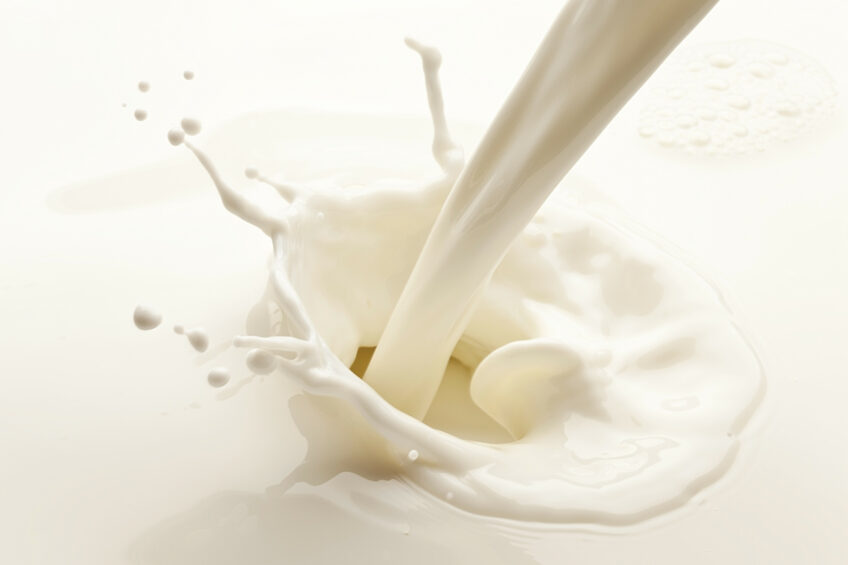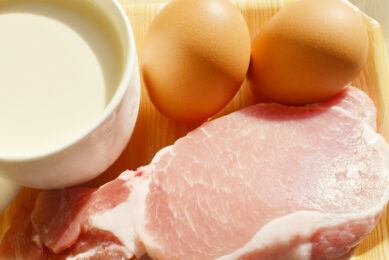We’re wasting milk and antibiotics on mastitis

Don’t you just hate that first lactating heifer with mastitis? In this blog I will explain what you can do about this, based on lessons learned from the field.
Every farmer will recognise this: you’ve put a lot of effort and money in to raising your calves into healthy, robust heifers. You’ve gotten through the hassle of getting them pregnant in time. You’ve taken care of a safe delivery for the mother and her new baby, even if it was in the middle of the night. You’re finally ready to harvest what you’ve been seeding for the past 2 years. Only to find out you can’t use the milk. Don’t you just hate first lactating heifer with mastitis?
Besides the obvious, an animal in pain, mastitis gives a lot of trouble businesswise as well. It is milk down the drain, around €225 for treatment average and gives the farmers extra trouble in an already busy workday. The worst thing is, for most farmers this isn’t an once-off incident. Most farmers have 2-3% of their cows in the mastitis group every month. This translates to 30% cases annually. All these cows are diagnosed and treated with antibiotics and/or pain killers.

Learn from successes
A nationwide udder health project in the Netherlands has successfully brought down mastitis from 30% annual cases to 26%. This is one of the best country averages in the world. The project used a training by vets and a CowSignals book on udder health. Here we see that attention to the subject and providing training has a big effect. Farmers improved with small changes like better milking protocols and wearing gloves.
Reduction of antibiotics is one of the biggest challenges we face nowadays. In the Netherlands, the Dutch organisation SDa has, with vets and farmers together, brought back antibiotics use between 2007 and 2014 with 50%. That makes the Netherlands leading in the European Union. A big success factor was stopping preventive antibiotics use on dry cows. You can check the cell count (less than 50,000, less than 150,000 for first lactation heifers). If a cow isn’t sick, you don’t need to treat her. Just how crucial this is, got confirmed again this month by World Health Organization’s (WHO) recommendation that farmers and the food industry stop using antibiotics in healthy animals to prevent the spread of antibiotic resistance.
The best example that you can almost ban mastitis from your herd is Dutch farmer Anton IJsseldijk. Out of 110 cows, he only had 1 case of mastitis in a year. This earned him the Dutch Udderhealth award. His secret? He just does everything right. His greatest success factor is having sand beds. He also has maximum ventilation: 4 sides of the barn are open. That makes the floors and the beds dry quickly. Good housing is a big factor in preventing mastitis.
What we need to do?
Better housing and management protocols are the keys to increasing resistance and decreasing infection pressure, thus preventing mastitis. Of course, noticing the cow signals in time will also help you prevent disease. Besides the obvious responsibility for the farmers to do all this, there is a fundamental role to be played by vets, barn designers and all other farm advisors as well. They have a responsibility to understand how housing, management and udder health all relate to preventing mastitis and help bring this knowledge to the farmers. But also CowSignals can help.
We just developed a new video learning ‘Udder Signals’. Using ‘Miss Udderhealth’ we show how to increase resistance and to reduce infection pressure. Udder Signals is for all farmers, vets, (feed) advisors, barn designers and others motivated to help prevent mastitis.
Join 13,000+ subscribers
Subscribe to our newsletter to stay updated about all the need-to-know content in the dairy sector, two times a week.










